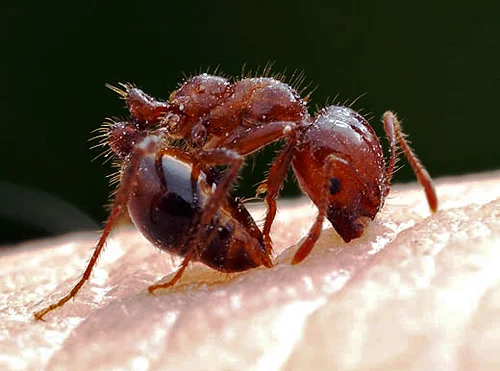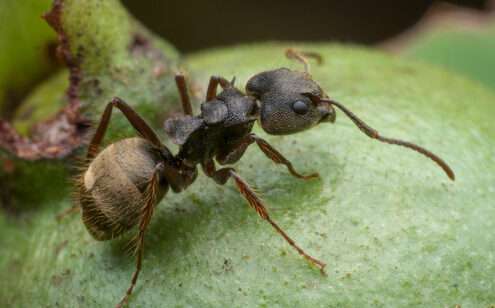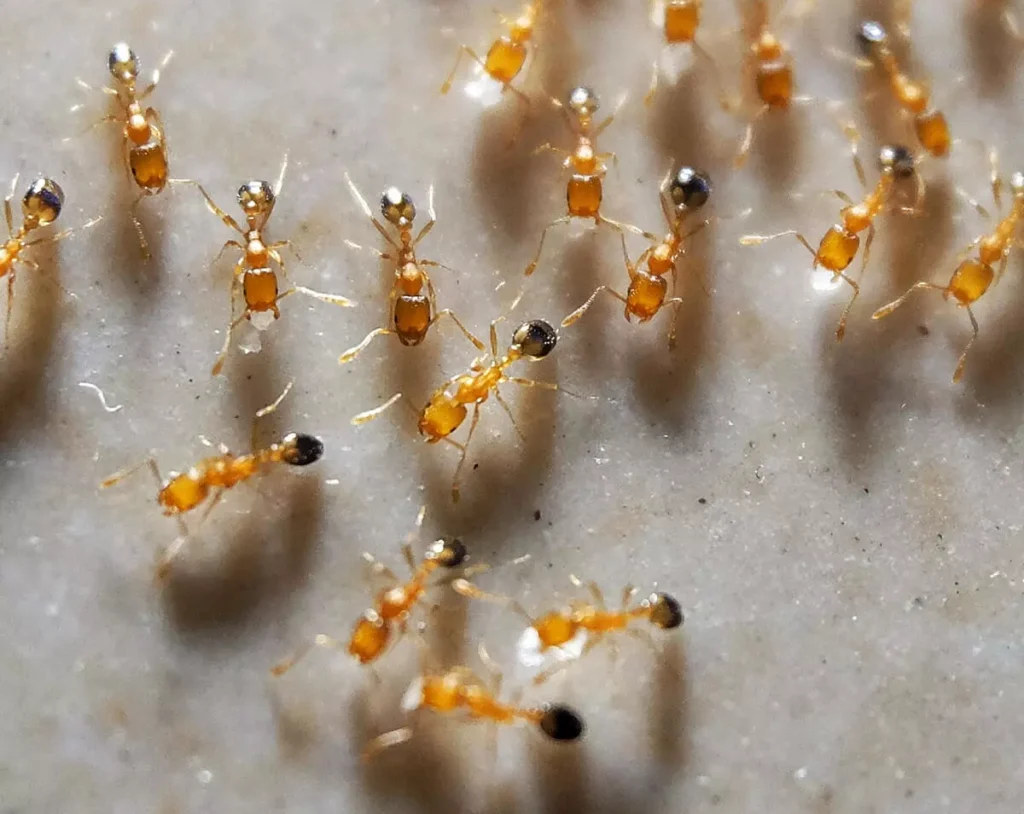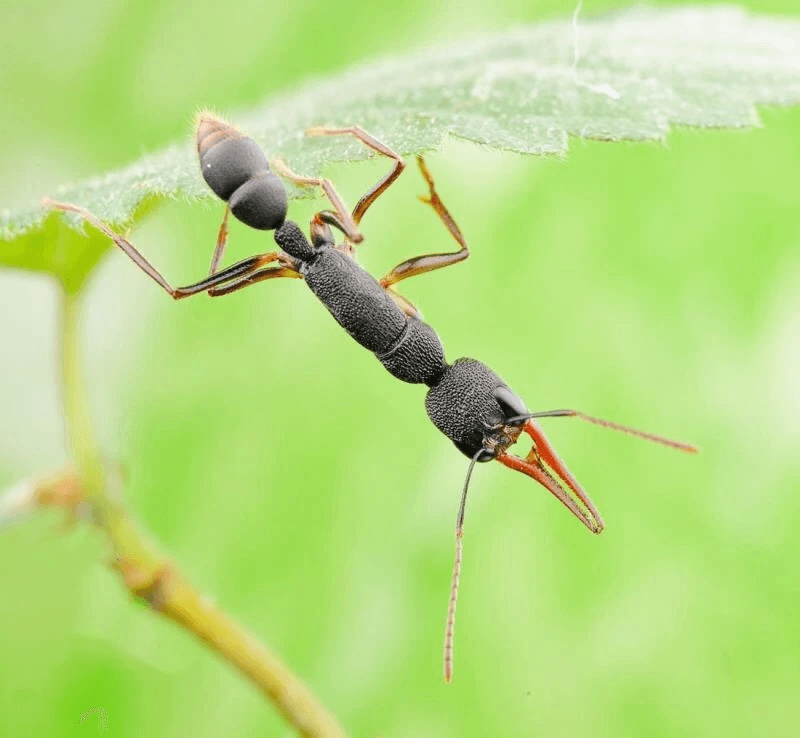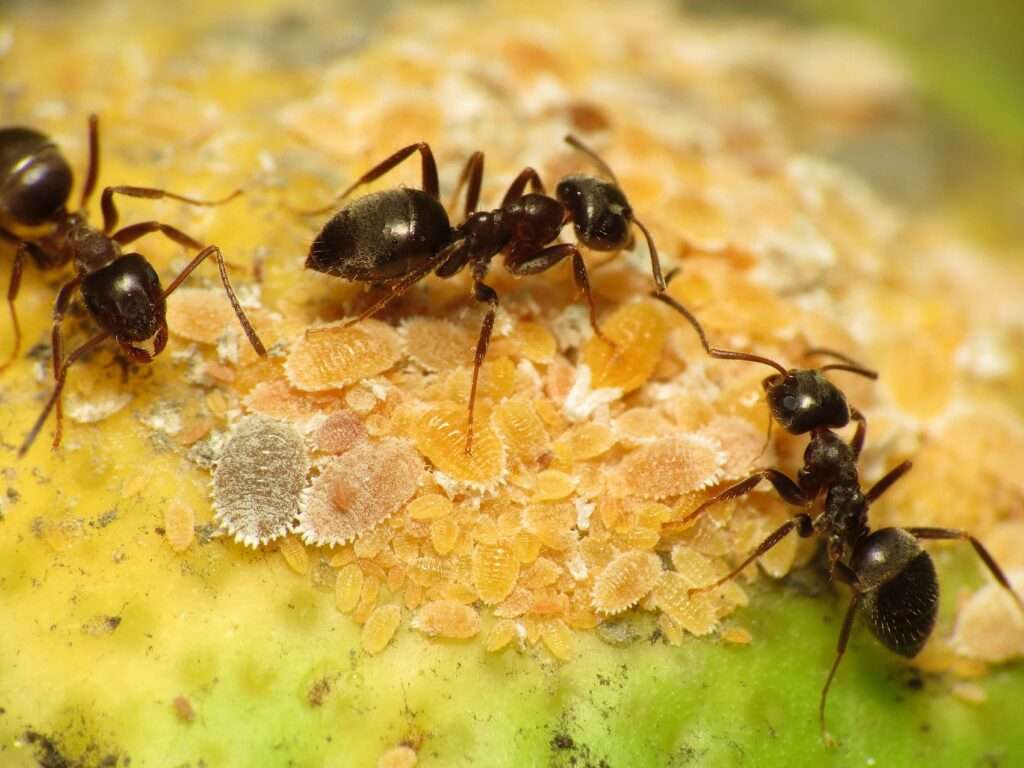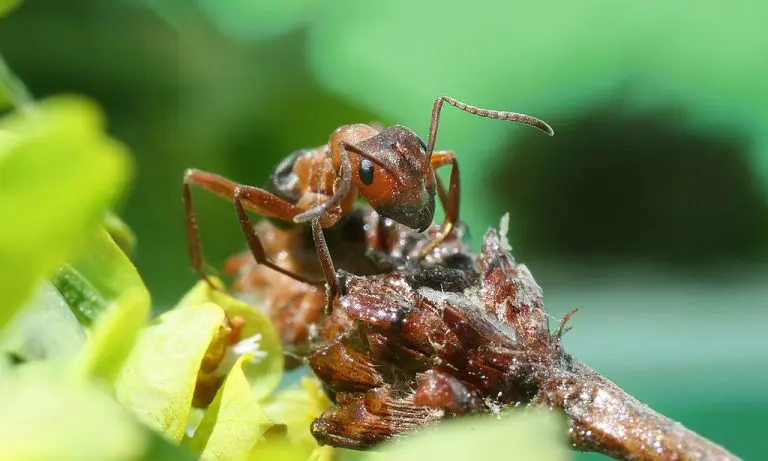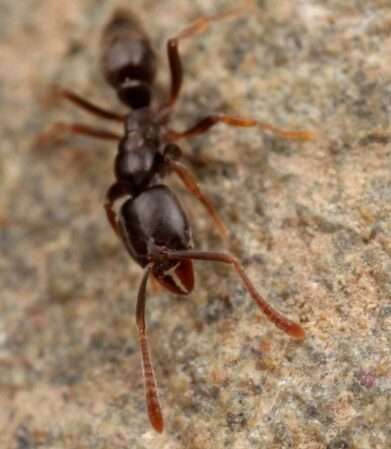Red Imported Fire Ant
The red imported fire ant is a species of ant indigenous to South America. Its scientific name is Solenopsis invicta. It is a species of Solenopsis that belongs to the Myrmicinae subfamily and was first identified as a different species of S. saevissima in 1916 by Swiss entomologist Felix Santschi. The ant was classified as […]
Red Imported Fire Ant Read More »


